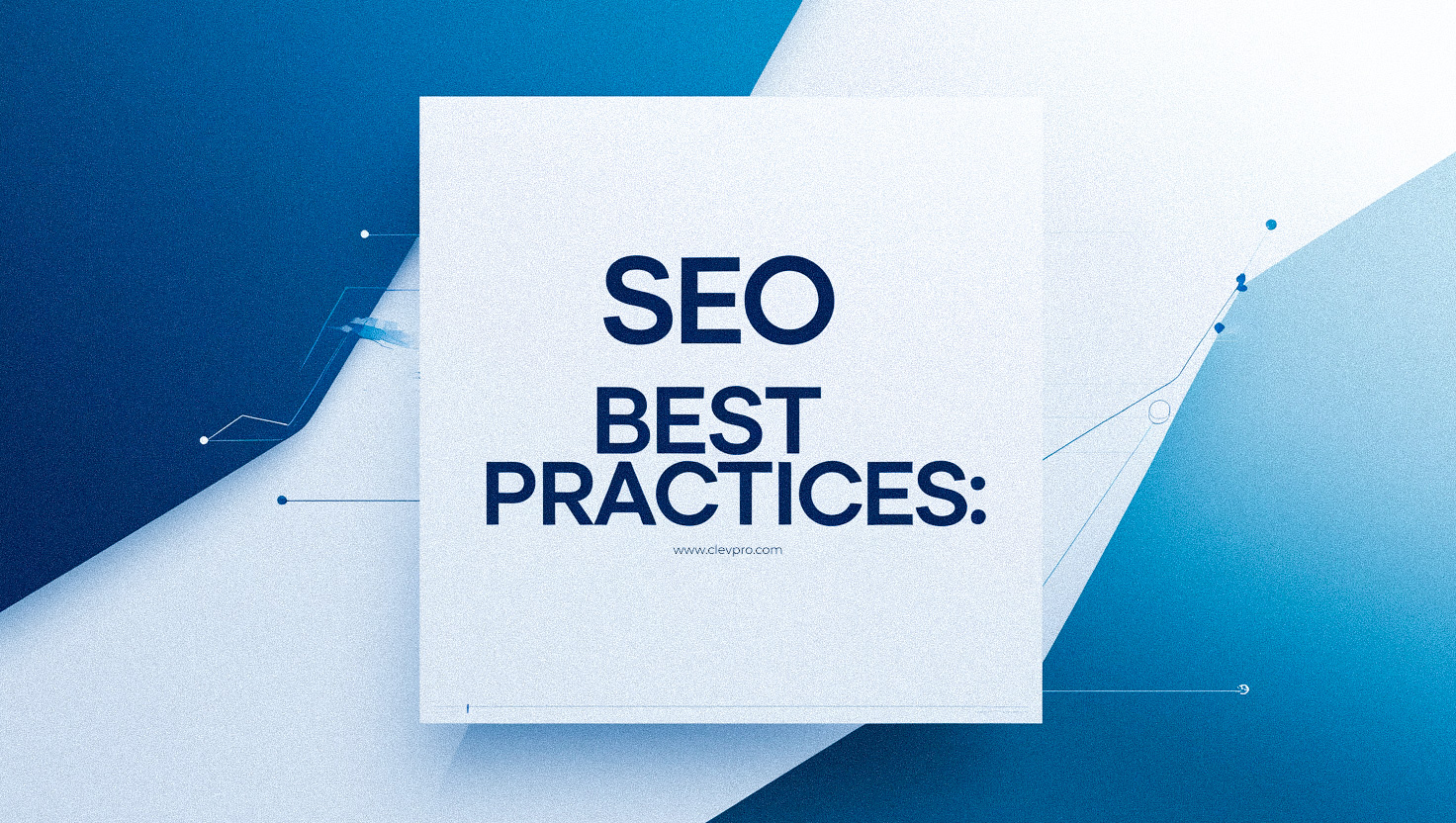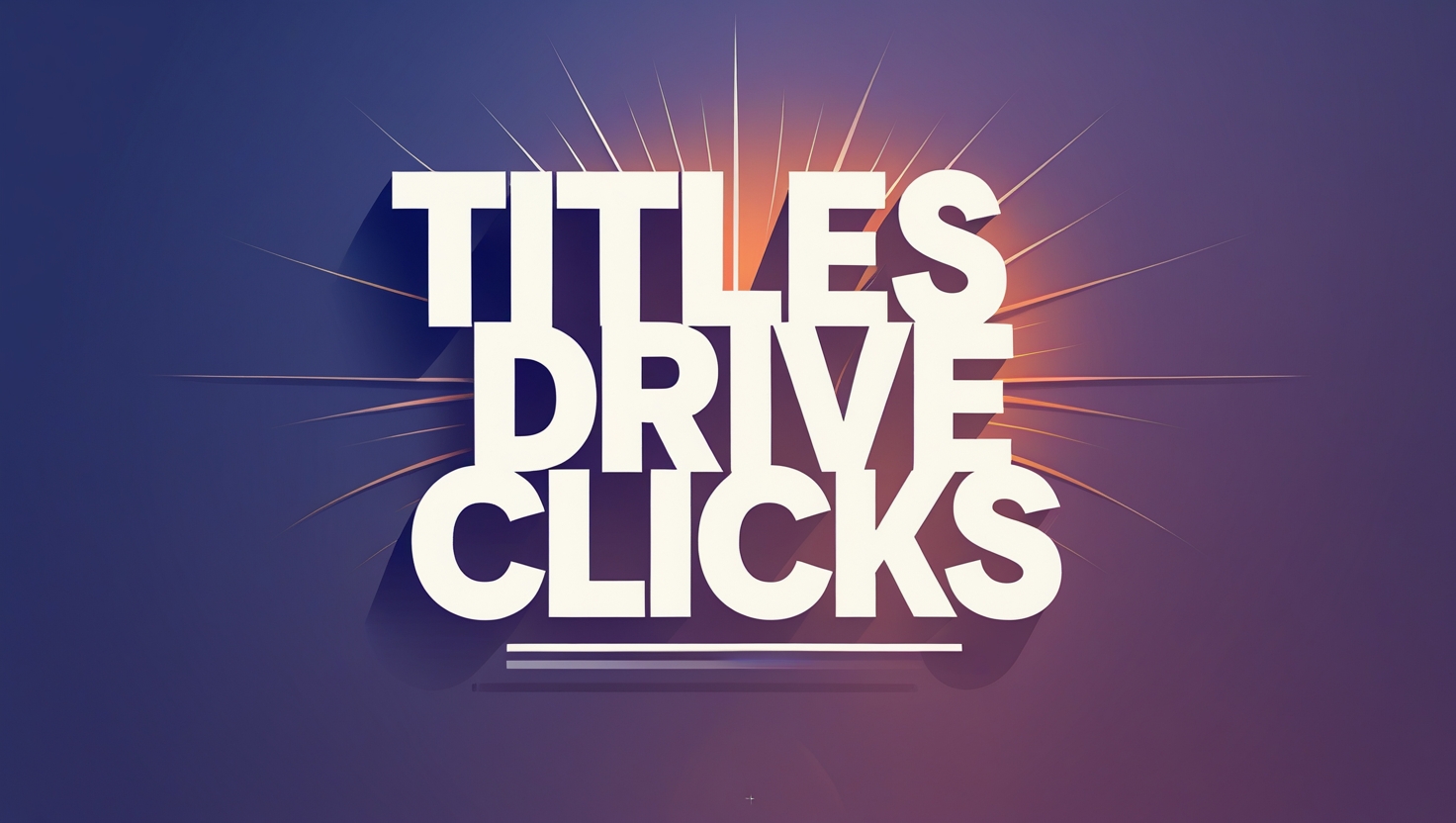14 | Feb
clevpro
14 Feb, 2025
SEO Best Practices: Proven Methods to Enhance Your Search Engine Rankings

Your website remains hidden behind page 5 results on Google search engines until you implement solutions for better rankings. You’re not alone. SEO presents a complex situation due to its more than 200 ranking factors. The guide simplifies SEO best practices of 2024 into step-by-step solutions that anyone can follow. The roadmap in this guide works for bloggers and small business owners and starts-up in the realm of marketing to boost rankings and increase website traffic and bypass competitors. Let’s dive in!
1. Master Keyword Research (It’s Easier Than You Think)
Keywords are the foundation of SEO. But forget stuffing your content with “best shoes” or “buy now.” Here’s how to do it right:
Use long-tail keywords: Target phrases like “best running shoes for flat feet” instead of generic terms. They’re less competitive and attract qualified traffic.
Leverage free tools: Google Keyword Planner along with AnswerThePublic or Ubersuggest act as free tools to discover what your audience actively seeks.
Analyze competitors: The tool allows users to insert competitor URLs into Ahrefs or SEMrush for keyword extraction which can be done ethically.
2. Optimize On-Page SEO Like a Pro
On-page SEO tweaks can skyrocket your rankings. Focus on:
- Title Tags: Keep them under 60 characters and include your main keyword.
Bad: “Shoes | Brand Name”
Good: “Best Cushioned Running Shoes for Flat Feet (2024 Guide)” - Meta Descriptions: Write compelling summaries under 160 characters. Think of it as a mini sales pitch.
- Header Tags (H1, H2, H3): Structure content for readability. Use keywords naturally, but don’t force them.
3. Speed Up Your Site (Or Kiss Rankings Goodbye)
Google prioritizes fast, mobile-friendly sites. Use these tools to check your speed:
- Google PageSpeed Insights
- GTmetrix
Quick Fixes:
- Compress images with TinyPNG.
- Enable browser caching.
- Ditch heavy themes and plugins.
4. Create Content That Answers Questions
Google’s E-E-A-T (Experience, Expertise, Authoritativeness, Trustworthiness) matters more than ever.
Solve problems: Write guides like “How to Fix a Leaky Faucet in 5 Steps.”
Use FAQs: Anticipate questions (e.g., “What’s the best time to post on Instagram?”).
Update old posts: Refresh outdated content to keep it relevant.
Pro Tip: Tools like Clearscope or Frase help optimize content for SEO while keeping it natural.
5. Build High-Quality Backlinks (Without Spamming)
Backlinks are like votes of confidence. Here’s how to earn them:
- Guest posting: Write for reputable sites in your niche.
- Broken link building: Find dead links on competitors’ sites and suggest your content as a replacement.
- Create link-worthy content: Infographics, studies, or ultimate guides attract organic backlinks.
6. Prioritize User Experience (UX)
Google rewards sites that keep visitors happy.
Mobile-friendly design: Test with Google’s Mobile-Friendly Test.
Easy navigation: Use clear menus and internal links (e.g., “Read Next: How to Choose the Right Running Shoe”).
Reduce bounce rate: Improve page load speed and readability.
7. Track, Tweak, Repeat
SEO isn’t a one-time fix. Use these tools to monitor progress:
- Google Analytics: Track traffic and behavior.
- Google Search Console: Identify ranking keywords and errors.
- Screaming Frog: Audit technical SEO issues.
Final Thoughts
Through SEO you should provide valuable information to your audience rather than attempt manipulation of search results. Students should begin by applying one optimization approach from this article which can include working on title tag improvements and site speed issues.
Ready to rank higher? Your choice of strategy today will raise website visitor counts so observe the results immediately. 🌟








